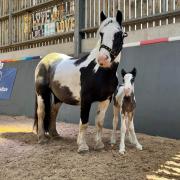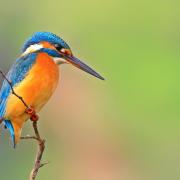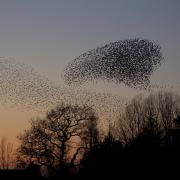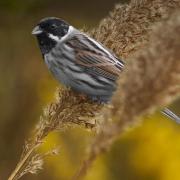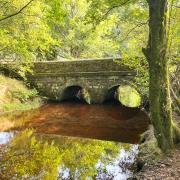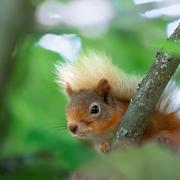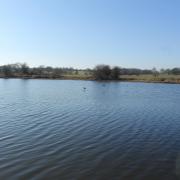Dancing gastropods are just some of the delights found among housing estates at Moston Fairway. Alan Wright spends a day exploring.

A couple of years ago, TV’s wildlife bug man Nick Baker was showing myself and a groups of children how wonderful the slug is.
He watched as this gastropod mollusc “danced” on the palm of his hand and explained how these unpopular creatures are actually one of the great recyclers in our gardens. They recycle organic matter, helping to build soils and they are important prey for wildlife.
I realise that slugs are not good for many plants if not controlled, but sometimes it’s nice to hear the other side of the story.
Nick was speaking to one of the Wildlife Trust’s Forest Schools on Moston Fairway, our nature reserve surrounded by East Manchester estates.

If you head out of the city centre on Oldham Road, you will eventually come to this friendly bit of town.
Moston Fairway is a place where local people go to breath and it’s all part of the long and luscious Moston Brook, a nature pathway supported by Oldham and Manchester councils. It is a great place for health and well-being just off a couple of major roads.
And it has become special for wildlife, an area where nature has taken back control. This was a former railway siding, which was flooded and is now a city centre marsh.
Amazingly it is now home to many species more suited to mossy reserves, rather than a site just outside the city.

It’s a mini wilderness lush with cotton-grass, marsh willowherb and even patches of heather. It combines urban marsh, woodland, grassland, boggy fen and mossland habitats in an area not much larger than a football pitch.
The southern march orchid adds colour and spike, and the variety of mosses and liverworts are something you just won’t see anywhere else locally.
While garden birds make the most of the shelter and isolation, while using local bird tables, linnets and reed buntings join the search for food. Kestrels hover aloft, seeking small mammals and birds, but the most remarkable bird spotted here is the snipe.
This long-billed beauty is more likely to be seen on moorland or coastal marshes.
Spring and summer are the time to see the marsh orchids, while a rich variety of mosses and liverworts can be seen all year round. Look out for the ‘Witches Tree’, a willow that was struck by lightning.
Frogs and smooth newts breed here year after year, and spring and summer bring clouds of butterflies, moths, damselflies and dragonflies with brown hawker and broad-bodied chaser dragonflies spotted darting around the vegetation.
Mammals spotted at Moston include the brown hare, hedgehog and grey squirrel but the presence of kestrels proves there are small mammals around too.
Moston Fairway ties in with the Lancashire Wildlife Trust’s project called My Wild City which is helping to transform work places, gardens and our open spaces into a city-wide nature reserve.
My Wild City connects habitats and green spaces, these are joined by corridors like Moston Brook and the railway line that runs next to the nature reserve.
New wildlife visitors are always welcome and so are the thousands of people who live in that community.




